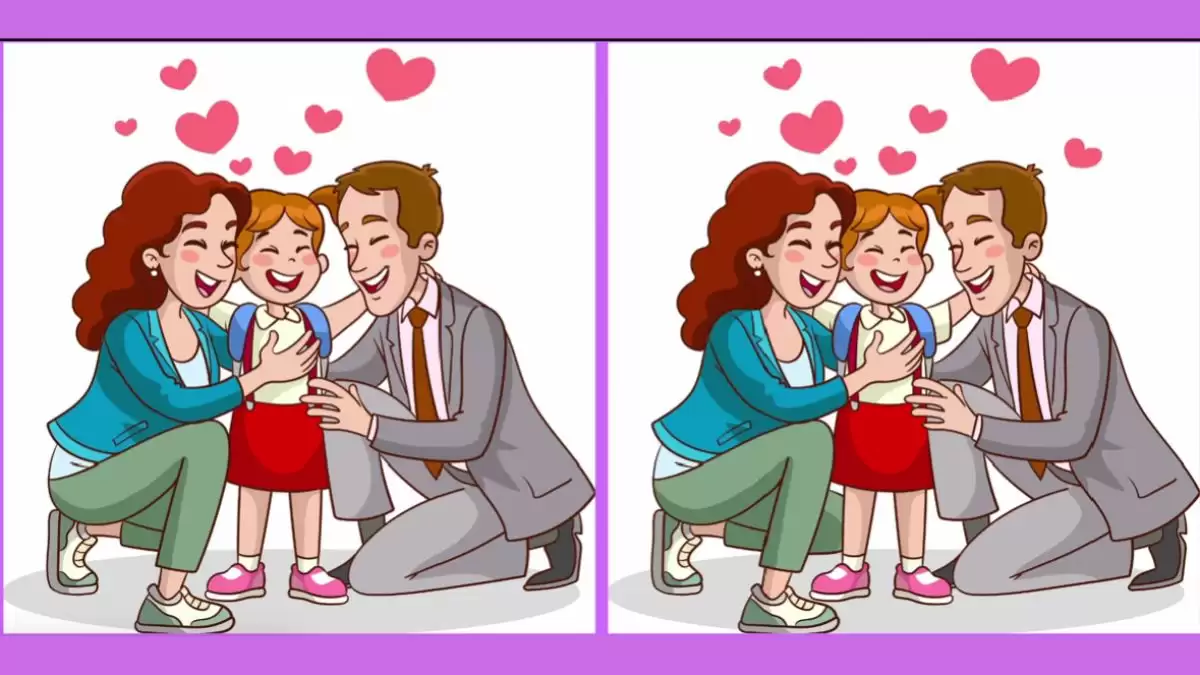Influence of riddles
Brain games are effective at stimulating the brain and improving cognitive function, making them a valuable tool for those looking to keep their minds alert and active. Engaging in brain games can lead to an increase in thinking ability, resulting in better cognitive skills, faster thinking, and higher levels of concentration.
Additionally, playing brain games can help you boost your self-confidence and reduce stress levels while solving challenging problems and achieving success. By training your brain regularly, you can also improve your overall brain health and reduce your risk of cognitive decline in the future. So whether you’re looking to improve your mental performance or are simply looking for a fun and engaging way to exercise your mind, brain games are a great option.
Using Picture Puzzles
Picture puzzles are a type of visual puzzle that can be used for a variety of purposes, including:
- Entertainment: Picture puzzles can be a fun and engaging activity for people of all ages. They can be used at parties, social gatherings, or even as a solo activity to pass the time.
- Educational Purposes: Picture puzzles can be used in schools or other educational settings to help students develop critical thinking skills, visual processing skills, and problem-solving skills.
- Cognitive development: Picture puzzles can be used to stimulate cognitive development in children, helping them improve their observation skills, memory and attention to detail.
- Therapeutic purposes: Picture puzzles can be used as a form of therapy for people recovering from brain injuries, strokes, or other cognitive impairments. They can help retrain the brain and improve cognitive function.
- Recruitment Tool: Employers can use picture puzzles as part of their hiring process to assess a candidate’s problem-solving skills, attention to detail, and critical thinking.
Overall, picture puzzles can be a versatile tool that can be used for a variety of purposes, including entertainment, education, cognitive development, therapy, and recruiting.
Find the Differences Puzzle: Can you spot 3 differences in the lovely family pictures?
In a spot the difference puzzle, you are presented with two seemingly identical images, but there are subtle differences between them. The challenge is to look carefully at the images and identify the variations. These puzzles are a fun way to test your attention to detail and visual perception skills.

Find the Differences Puzzle: Can you spot 3 differences in the lovely family pictures? – Solution
To find the 3 differences in the beautiful family photo, follow these steps:
Carefully examine an image, starting from the top left corner and moving to the right, then going down row by row. Pay attention to the details of the background, objects, and the appearance of people.
When you notice a difference, write it down. It can be a change in color, the addition or removal of an object, or a modification to the appearance of family members.
Continue scanning both images, being systematic in your approach, until you have found all 3 differences.
Immerse yourself in a realm of intellectual exploration with Brain Teaser by NEWSTARS Education. This curated selection, including math puzzles and matchstick riddles, is designed to stimulate your problem-solving skills and deepen your understanding of critical thinking.

Solve this 48÷6×2+9-4
- 48 ÷ 6 = 8.
- 8 x 2 = 16.
- 16 + 9 – 4.
- 16 + 9 = 25. 25 – 4 = 21.
So the final result of the expression is 21.
Try to solve this 12 ÷ 2 + 4 x 3
- 12 ÷ 2 = 6.
- 6 x 4 = 24.
- 24 + 3 = 27.
So the final result of the expression is 27.
Language Riddle: “T3h1s 1s 4 l4ngu4g3 3n1gma.” Crack the code in English
Code: “T3h1s 1s 4 l4ngu4g3 3n1gma”.
Decoded: “This is an enigma of language.”
Could you find the solution for this (8 – 3) x 4 ÷ 2?
- 8 – 3 = 5.
- 5 x 4 = 20.
- 20 ÷ 2 = 10.
So the final result of the expression is 10.
Balance the equation 5 + 7 x (8 ÷ 2)
- 8 ÷ 2 = 4.
- 7 x 4 = 28.
- 5 + 28 = 33.
So the final result of the expression is 33.
Disclaimer: The above information is for general informational purposes only. All information on the Site is provided in good faith; However, we make no representations or warranties of any kind, express or implied, regarding the accuracy, adequacy, validity, reliability, availability or completeness of any information on the Site.
Categories: Entertainment News
Source: Hello Kitty Kindergarten
